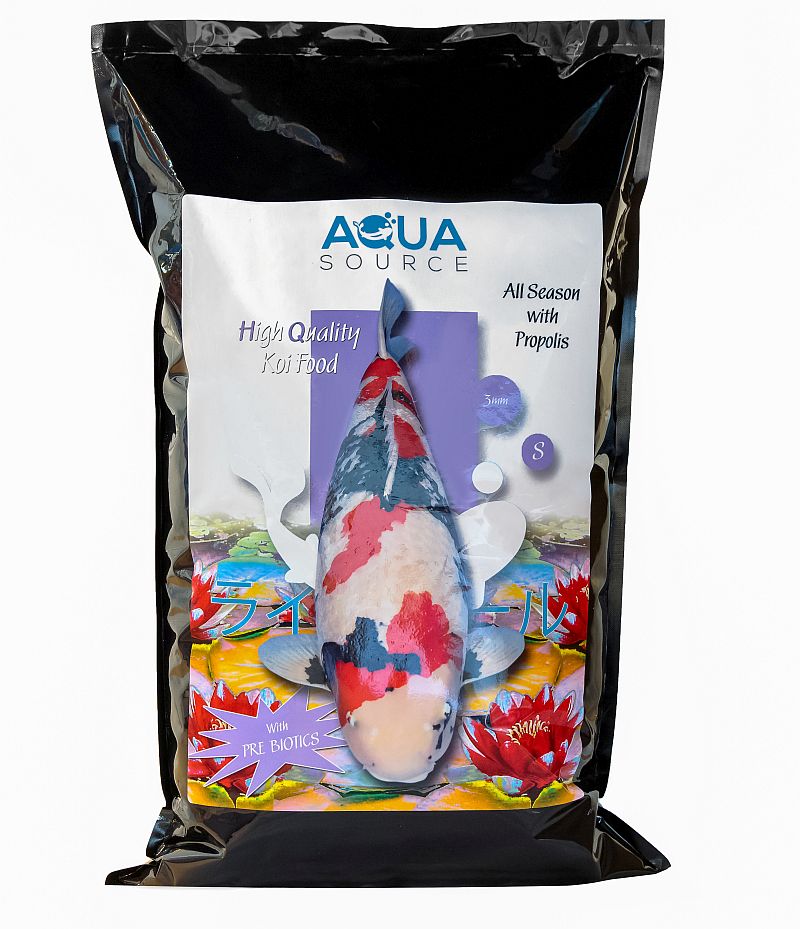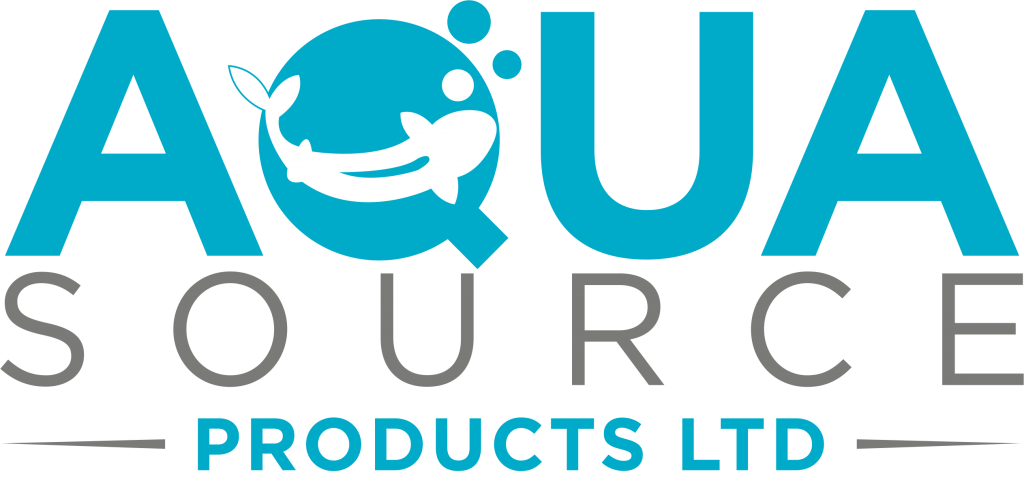This website uses cookies so that we can provide you with the best user experience possible. Cookie information is stored in your browser and performs functions such as recognising you when you return to our website and helping our team to understand which sections of the website you find most interesting and useful.
Below is an abridged version of an article written by Dean Dimarco, a Director at Aqua Source and experienced Koi Nutritionist. Dean has been a regular guest speaker at Koi Clubs across the country for many years.
It never ceases to amaze me that we spend a lot of money on our pond, filter systems, treatments, latest gadgets etc yet seek out the cheapest food we can, whilst expecting high quality. Or, we really do not understand the importance of correct nutrition. I will attempt to shed some factual light on the subject and hopefully give you a better understanding of why you need to feed the correct balance of nutrition to your prized collection.
Firstly, it is imperative to realise that deficiency and imbalances in nutrition can lead to detrimental effects on your koi, such as poor skin quality, fin clarity, slime coat, poor colour, inhibited growth and reduced immunity. However, we must also understand that there are other factors too, which include genetics, oxygen levels, heat and water quality.
Most keepers seem obsessed with growth, and rapid growth. It is worth noting that steady, managed growth by way of good water, oxygen and nutrition is much better as it will give a more prolonged period of peak colour, good skin quality and general health, rather than growing fast and big! If your koi does not have Jumbo genetics, it will NEVER be a Jumbo koi regardless of how much you feed it. This will yield fat koi with internal issues, such as fatty deposits around the heart and kidneys, simple. When the nutrition of a koi is balanced you will see consistent growth all around the body. Out of balance we will see a fat belly, lethargic swimming and poor health.
Most quality koi pellets have a high energy to protein ratio, which is what you should be after. Foods over 45% protein content will promote protein deposit build up in the liver and kidneys ( not good), but too little protein (less than about 30%) will lead to slowed growth and amino acid imbalances which will lead to long term issues for the koi.
Don’t get too hung up on protein content, look at the overall balance of the food and your koi’s requirements. If you are really obsessed with feeding your koi high protein, then let me know and I will send you a bag of my toe nail clippings, which are packed full of protein.
Koi do not digest protein easily, but find those derived from an aquatic source, such as fish meal, a lot easier. Animal protein should not be considered. The protein content is broken down and releases free amino acids that are then absorbed through the digestive tract and distributed by the blood to the various internal organs. If the food contains the incorrect amino acid profile then the koi will suffer, as it needs these for growth and cell regeneration and less will be used for this as they will be used to maintain functions more important. So always use a high quality food with a white fish meal protein source, as this is more easily digested and contains exactly the right amino acid profile. Soya can also be considered as this is just 1% less digestible than fish meal and does contain the ten essential amino acids. This is why wheatgerm is such a good all year round food, as it contains the same amino acid profile when broken down as white fish meal, although it is NOT as digestible. Try not use foods that state” Fish or Fish Derivatives” or cereal based foods. And quite often manufacturers list Fish Meal as the first ingredient, but it is invariably brown fish meal, which can be the mush from bones, tails eyes etc. 

